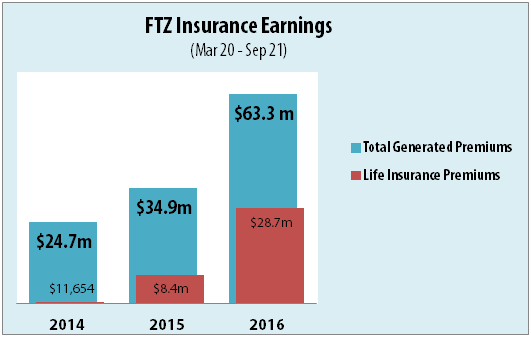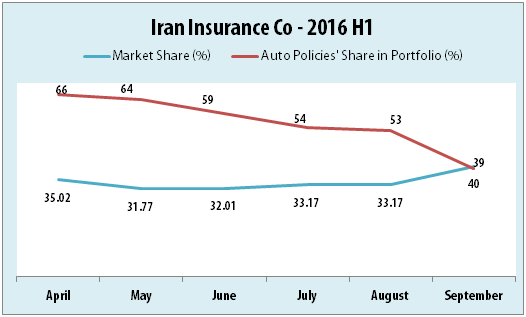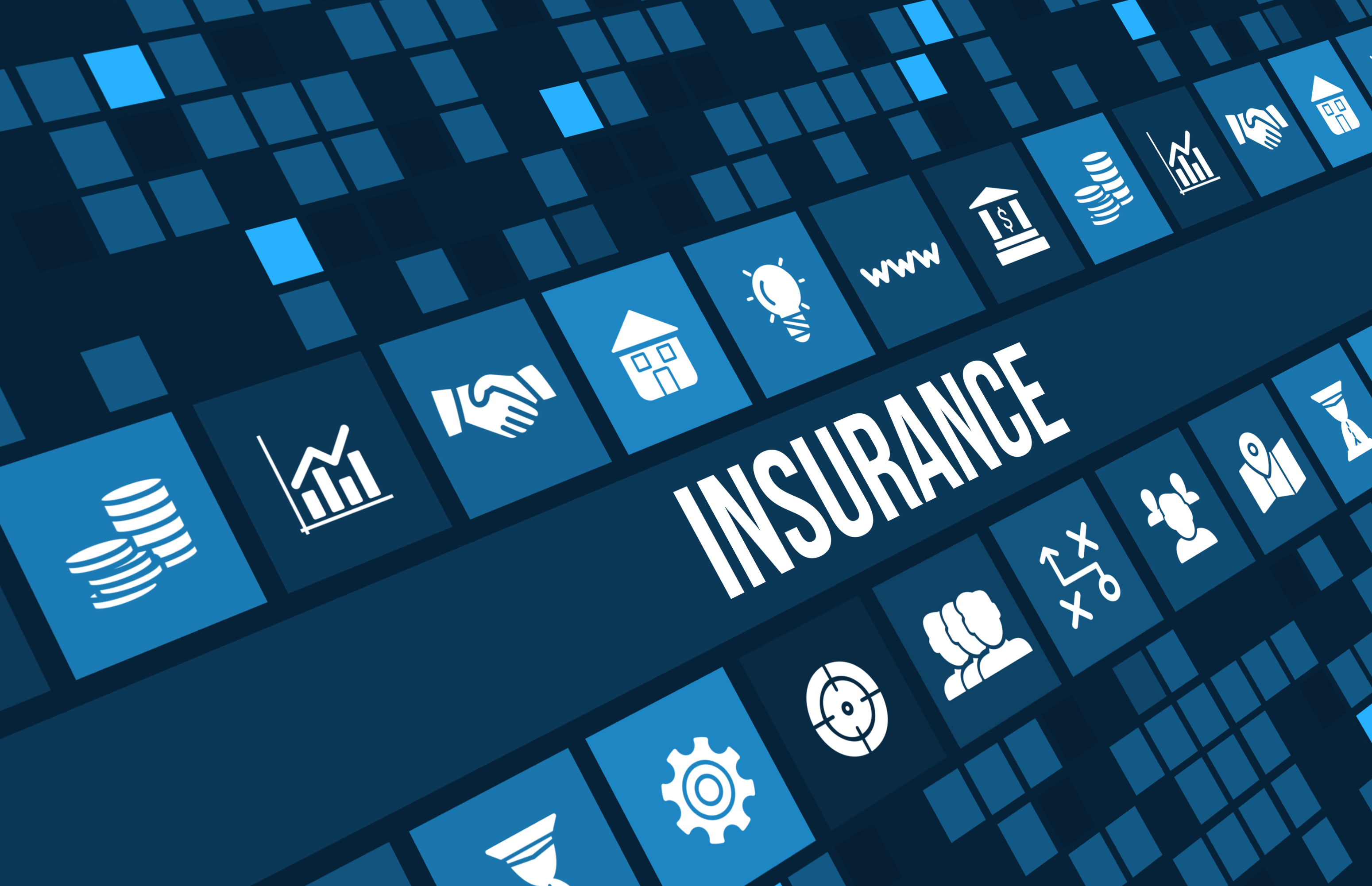Six insurance firms operating in free trade zones recorded a whopping 81.1% growth in total generated premiums during the first half of the fiscal year that ended on September 21. The overall premiums of the companies reached two trillion rials ($63.3 million) during the six months.

Data from SANHAB network, insurance industry’s real-time data center, shows that the life insurance category accounted for about 45% of offshore insurers’ earnings in this period.
The Central Insurance company of Iran, the industry’s regulator, has authorized a handful of firms to conduct business in the free trade zones. These include Asmari, Omid, Iran Moein, Hafez, Kish Mutual Insurance, and Qeshm Mutual Insurance.
Figures also indicate that FTZ insurers’ payout ratio stood at 25.5% during the half year.
The total generated premiums of the insurance sector was 139.3 trillion rials ($4.3 billion) in the period. A hallmark of the period has been the notable growth in earnings of smaller firms.
Iran Insurance Revival
According to available data, Iran Insurance Company (IIC), the sole state-owned player in the market, holds over 40% market share, down by about 4% compared with the same period last year.
The IIC market share started to slip since January falling to 31% in May. However in September the behemoth clawed back some lost ground and regained market share.

The Vehicle Insurance Law amendment announced by President Hassan Rouhani in June was widely expected to have a negative effect on IIC performance. However, that did not happen and IIC market share began to grow as its PAP portfolio began to shrink. Back in May, PAP category accounted for 65% of IIC portfolio; but the figure stood at 39% by September 21.
The proclamation by Rouhani put an end to a practice common among major insurers, especially the sate-owned giant Iran Insurance Company, selling personal auto policy (PAP) at lower prices than those set by the Supreme Council of Insurance. The law was passed by the Majlis as an amendment to the Vehicle Insurance Law in March.
Minors’ Rise
Privatized insurance firms Asia, Dana and Alborz trailed IIC in dominating the industry with their market share at 9.8%, 7.8% and 6.5%, respectively. Along with Parsian Insurance, the big four accounted for 30% of the market.
The remaining 30% was shared among 23 private firms. Meanwhile some the firms managed to significantly increase their annual earnings.
The offshore Iran Moein Insurance registered 124% growth in H1 earnings, with a 70% hike in the total number of policies sold. Life insurance accounted for 63.5% of the insurer’s portfolio.
Day Insurance, affiliated to Bank Day also managed to increase earnings by 107% during the first half of the fiscal year. PAP accounted for the largest share of Day’s portfolio at 52%.
Razi Insurance also marked a 67% growth in generated premiums y/y. In mid-October, Razi became the first Iranian insurance firm to be rated by Capital Intelligence Rating.
Data implies the importance of PAP category in enhancing insurers’ portfolios. Most of the firms with high growth in earnings, sold more auto policies. This could add to the ongoing concerns about insurers’ financial adequacy.
The payout ratio of the industry stood at 52.55% in the six months ending in September 21, up by 3.11% y/y. Insurers paid 73.2 trillion rials ($2.3 billion) in claims related to 14.6 million cases.
IIC alone accounted for 44% of the paid amount.
PAP and health categories accounted for 40% and 35% of paid losses, respectively.
Life insurances accounted for 12% of the industry’s generated premiums, slightly higher than the previous year’s 10.58%. However, CII data shows 25.2% annual growth in the total number of sold life insurance policies.



